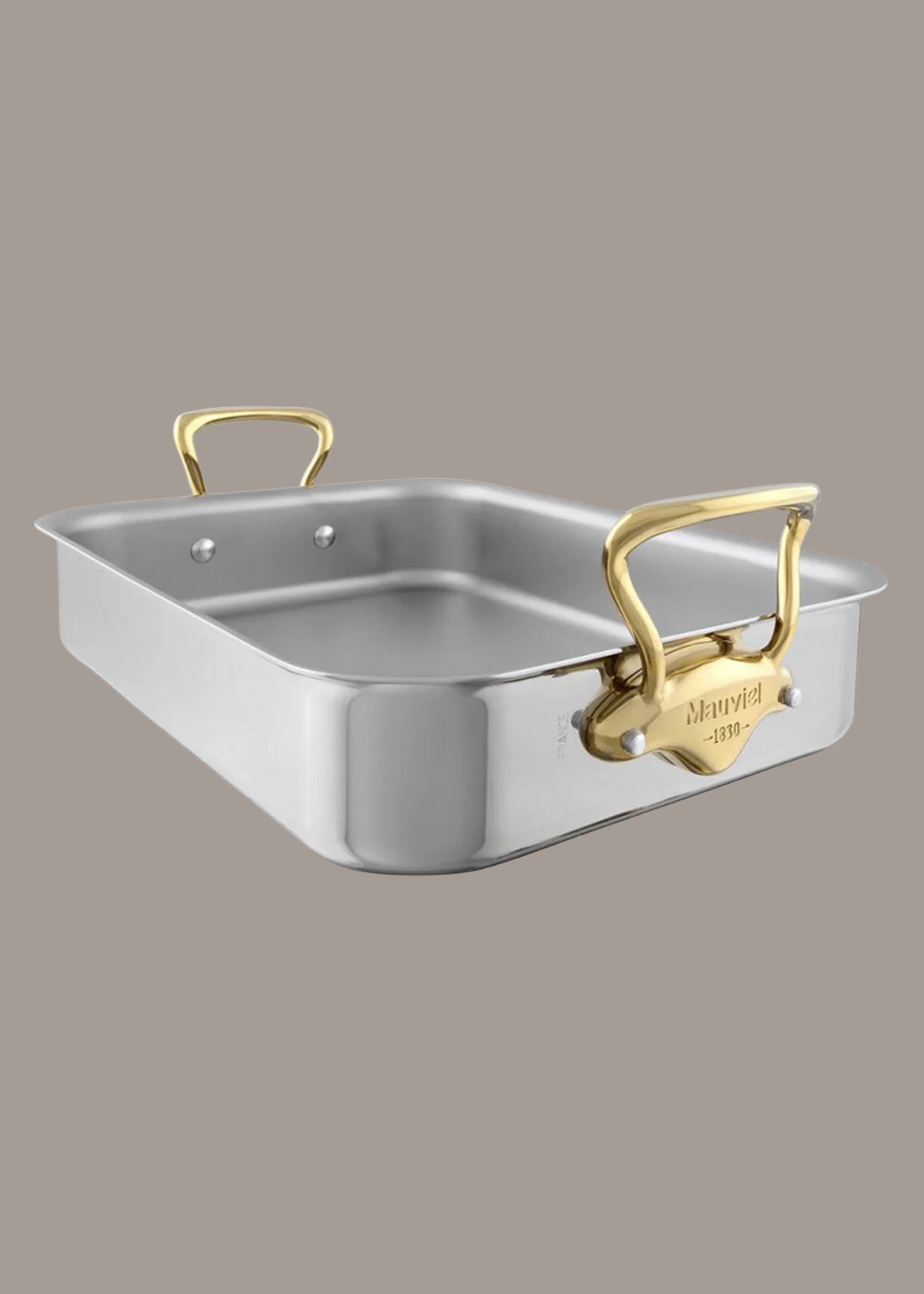The Main Types of Ovens to Choose From for Your Kitchen and Preferred Cooking Style — Plus, Why It Really Matters Which You Pick
Here is everything you need to know to make the right choice for your space
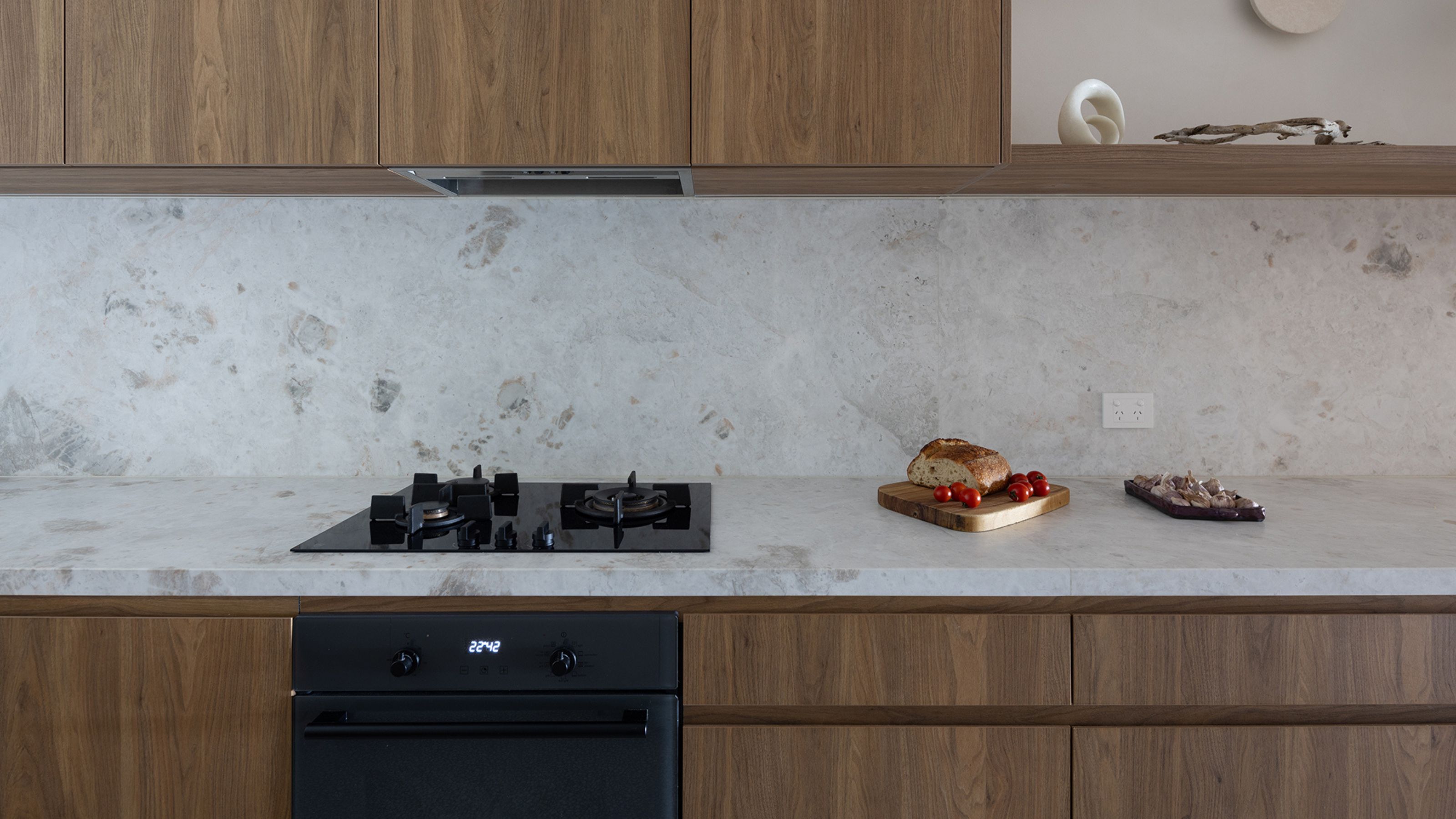

What's the best part of a kitchen renovation? In my opinion, it's choosing the appliances and figuring out the finer details — including the type of oven and style that will suit your cooking needs.
With a glut of kitchen appliance brands available, finding the right one to meet your needs requires time, research, and knowledge. But first, before choosing an oven to make all of your finest dishes in, it's essential to know which type of oven works best for your cooking style. Remember, a lot of modern ovens use multiple ways of cooking, so it's best to choose one that suits you and your needs.
Here, I've created a guide to help you better understand the four main types of ovens and how to choose the right one for your space and culinary style. Without further ado, let's get to cooking.
1. Gas Oven
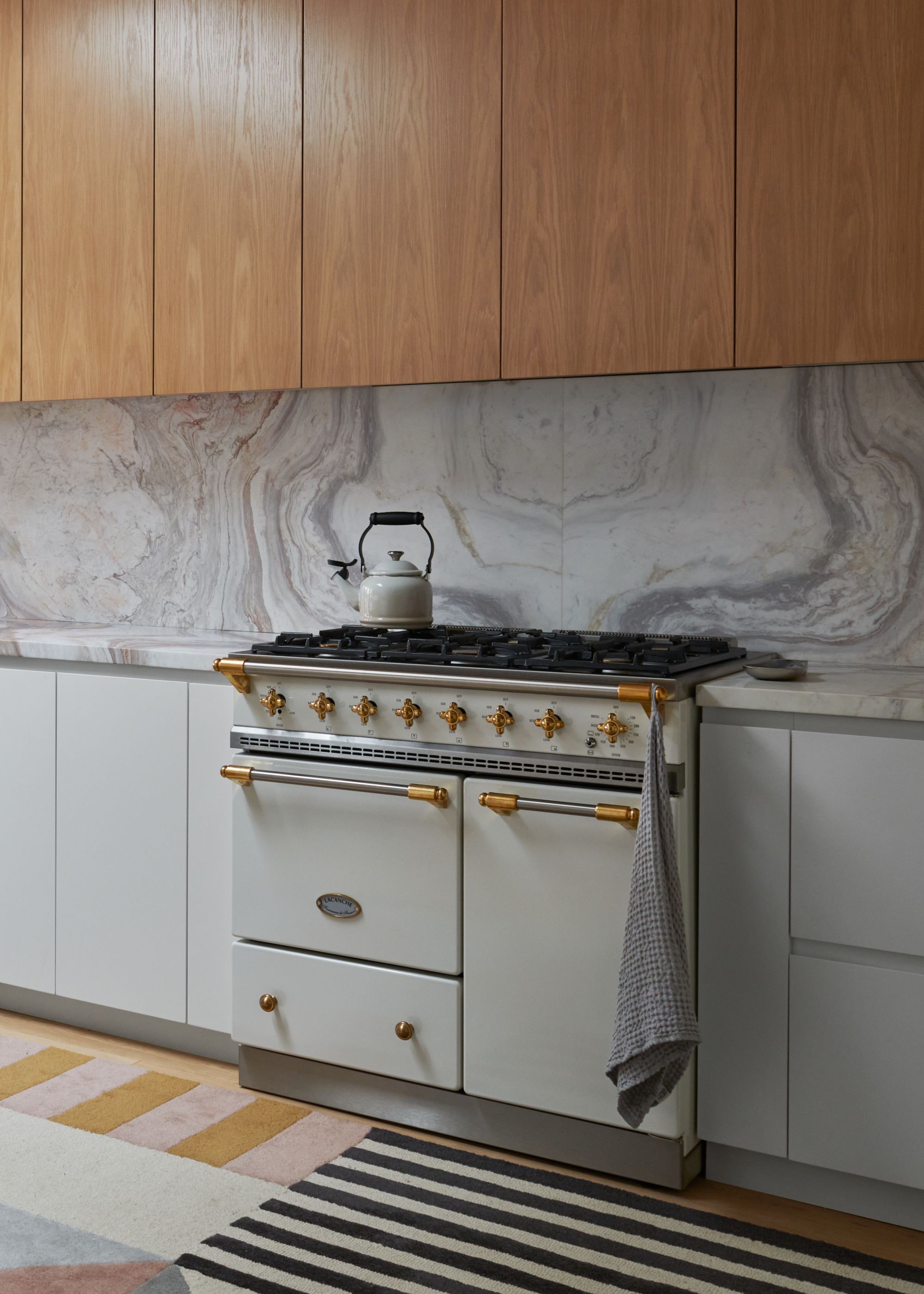
Gas ovens are found in many traditional style homes.
Modern kitchen ideas have evolved significantly over the years. With several different appliances taking over, it's essential to consider what may or may not work for you and your home, and that includes the type of oven you choose.
Gas ovens have been around for quite some time and are a popular option in many households, but what does a gas oven have to offer, and will it fit the cooking style you're looking for?
Ian Danks, an expert and technical services manager at AGA, tells me that gas ovens are often "connected to a gas pipework system that supplies natural gas or propane."
It can come with ignitions, too, according to Ian: "When you turn on the oven, the gas flows through a valve to the burner. The ignition process on modern ovens is generally electronic ignition," he explains. And then there's an electronic Ignition, which is essentially "a spark that ignites the gas when the oven is turned on," he explains.
The Livingetc newsletters are your inside source for what’s shaping interiors now - and what’s next. Discover trend forecasts, smart style ideas, and curated shopping inspiration that brings design to life. Subscribe today and stay ahead of the curve.
Other aspects to consider are the burner and heat distribution. For a burner, Ian says, "The ignited gas flows to the main burner inside the oven cavity, creating a flame that produces heat."
For heat distribution, "The heat from the burner rises and is distributed throughout the oven cavity," the expert explains. "Some ovens have fans (convection ovens) to circulate the heat more evenly."
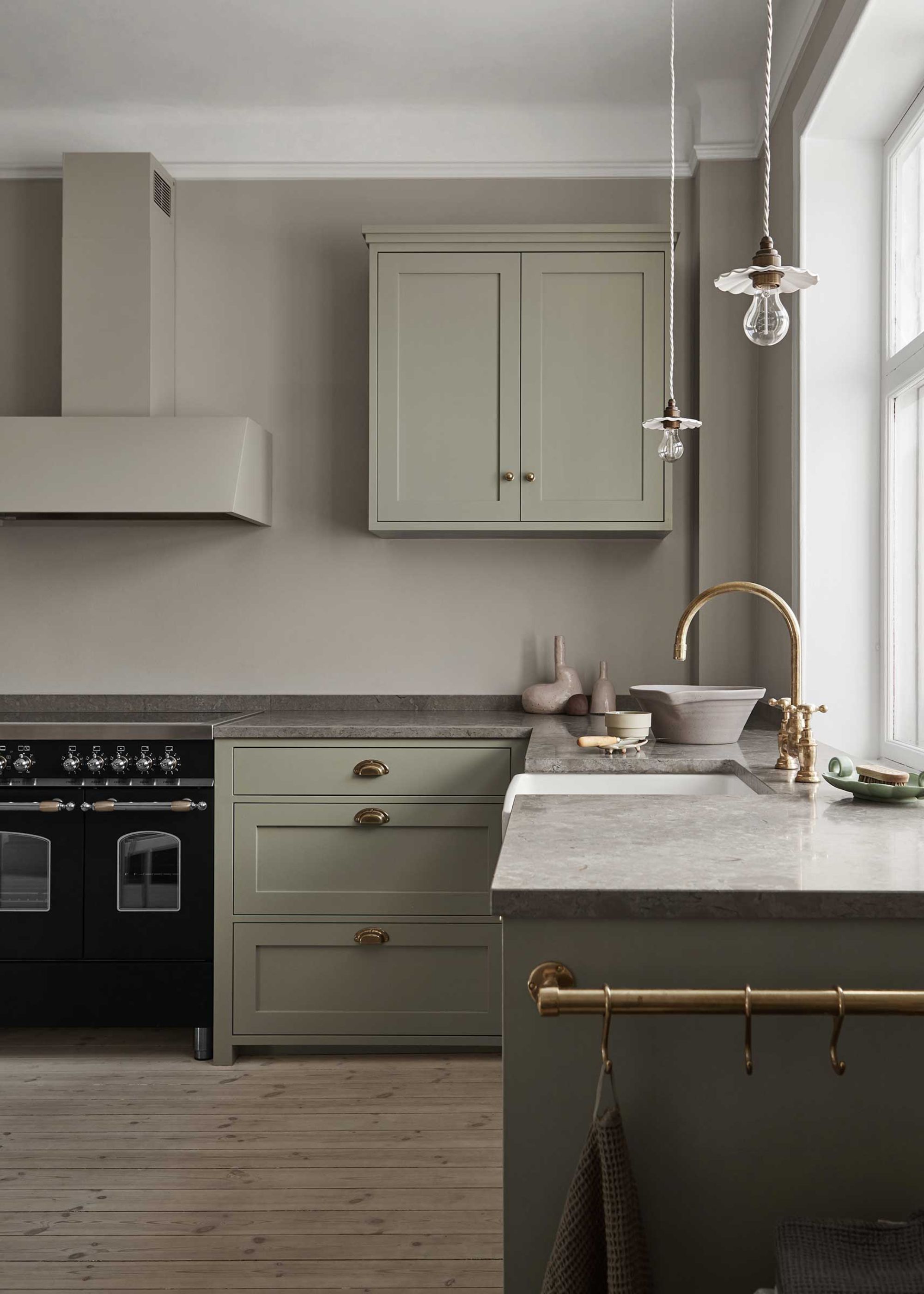
So, will a gas oven suit your cooking style? Read on to find out.
Most gas ovens are also equipped with temperature control through a thermostat or a temperature sensor. Thermostats are known to regulate the temperature, and you're able to set it to the temperature you desire, whereas "sensors within the oven monitor the temperature and adjust the gas flow as needed to maintain the set temperature," explains Ian.
But what kind of cooking styles best suit a gas oven? Well, Ian says, "Gas ovens are excellent for roasting and baking items that benefit from a moist environment, such as breads and meats."
He continues, "Gas burners can quickly adjust heat levels, which is beneficial for recipes requiring precise temperature changes."
With more than 46 years of hands-on experience in the heating and cooker industry, Ian brings unparalleled expertise across oil, gas, and electric appliances. In his role, he ensures: Regulatory compliance within the home deliveries team, training and development to build knowledge and confidence across teams, certification and mandatory registrations including Gas Safe UK and OFTEC, ongoing skill enhancement to keep standards high, and technical support for service centres nationwide. Ian’s career is defined by a commitment to safety, excellence, and sharing his expertise to help colleagues and customers alike.
2. Electric Oven
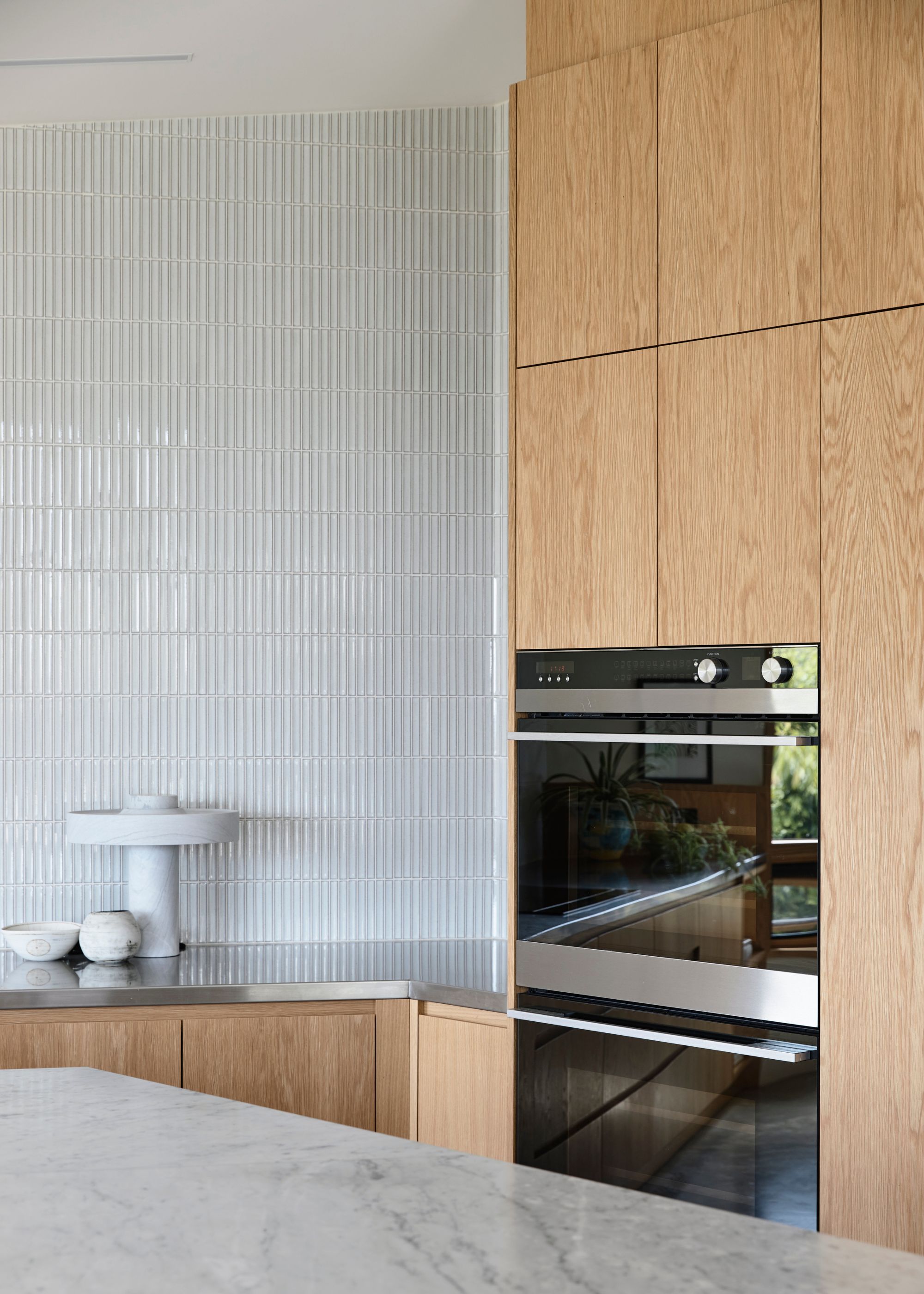
If you live in an apartment, you'll most likely have one of these.
Electric ovens are the more common kitchen trend these days. "Electric ovens generally have two main heating elements — one at the top and one at the bottom of the oven cavity," Ian says. "When the oven is turned on, an electric current flows through these heating elements, which are typically made of metal with high resistance. This resistance causes the elements to heat up and radiate heat."
As for heat distribution, the expert says this is done through conduction and radiation: "Heat is transferred to the air inside the oven via conduction and radiation," says Ian. "The heat radiates from the elements and is conducted through the oven walls and racks."
"Some electric ovens have a built-in fan (convection ovens) that circulates the hot air, promoting even cooking by reducing hot and cold spots."
Temperature control for electric ovens is also done through a thermostat or temperature sensors. "The oven is equipped with a thermostat that allows you to set a specific temperature. The thermostat monitors the oven’s temperature and cycles the heating elements on and off to maintain the set temperature," Ian tells me. "These sensors (temperature sensors) provide feedback to the thermostat to ensure consistent heating."
"Electric ovens are known for consistent and even heat, making them ideal for baking pastries and cakes," notes Ian. "Electric ovens often have effective browning capabilities for crisping and browning."
Ultimately, Ian says, "the choice between a gas and electric oven depends on personal cooking habits, kitchen infrastructure, and preference for cooking performance and efficiency."
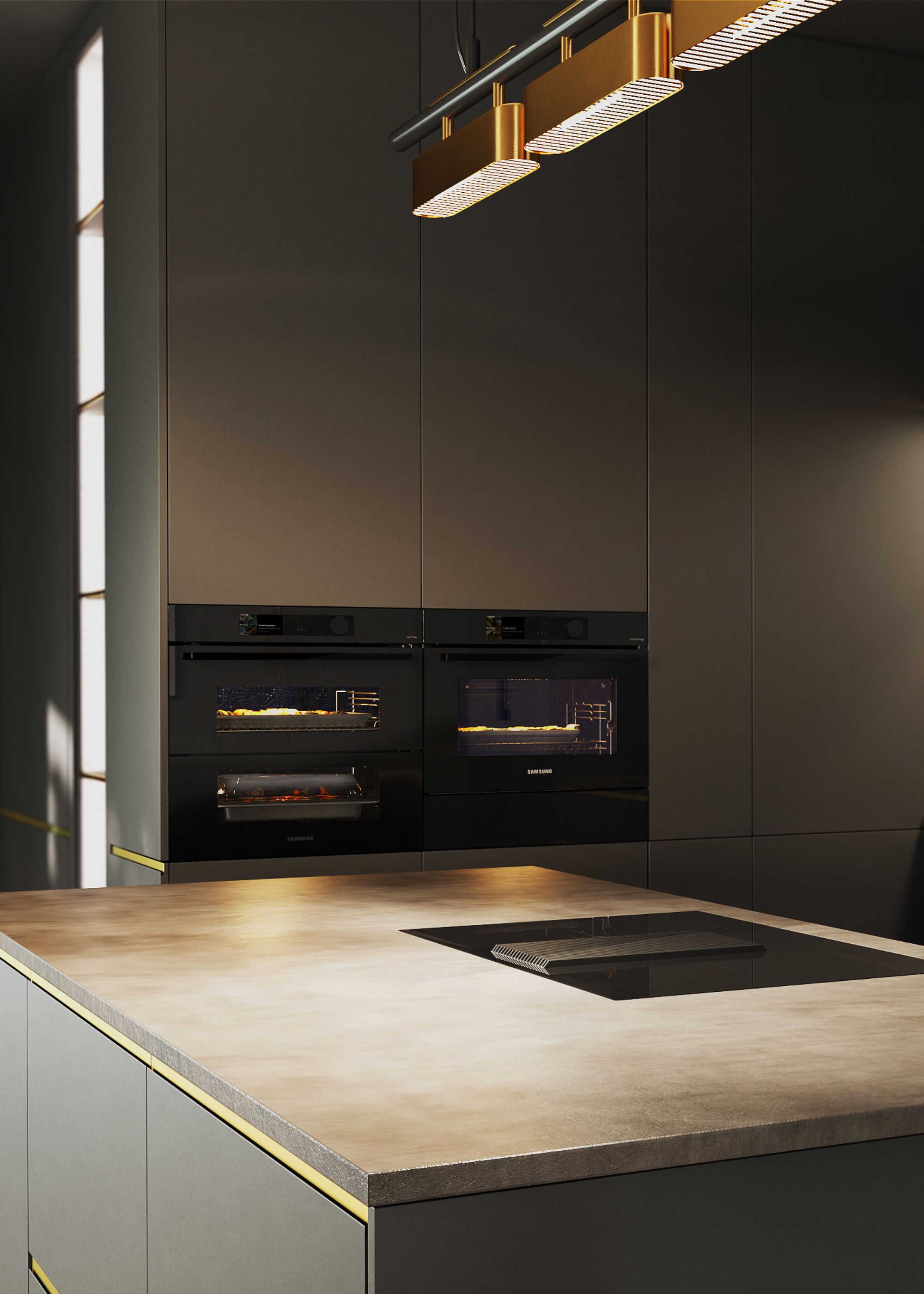
Smart ovens are another great option if you're dealing with a busy schedule.
Wall ovens can also be found in the form of smart ovens, which can be controlled from the comfort of your phone. Pretty handy, right?
Tanya Wellersays, "You can opt for a smart oven that’s connected through the SmartThings app, so you don’t even need to be a great cook to use its full functionality! It will recognize the dish you are putting in the oven, then set the right temperature and cooking time accordingly. Plus, it will let you know when it’s ready or identify if it’s about to burn and alert you through the app."
Samsung's built-ins start at around £369, to more advanced models that can cost upwards of £1000.
3. Steam Ovens
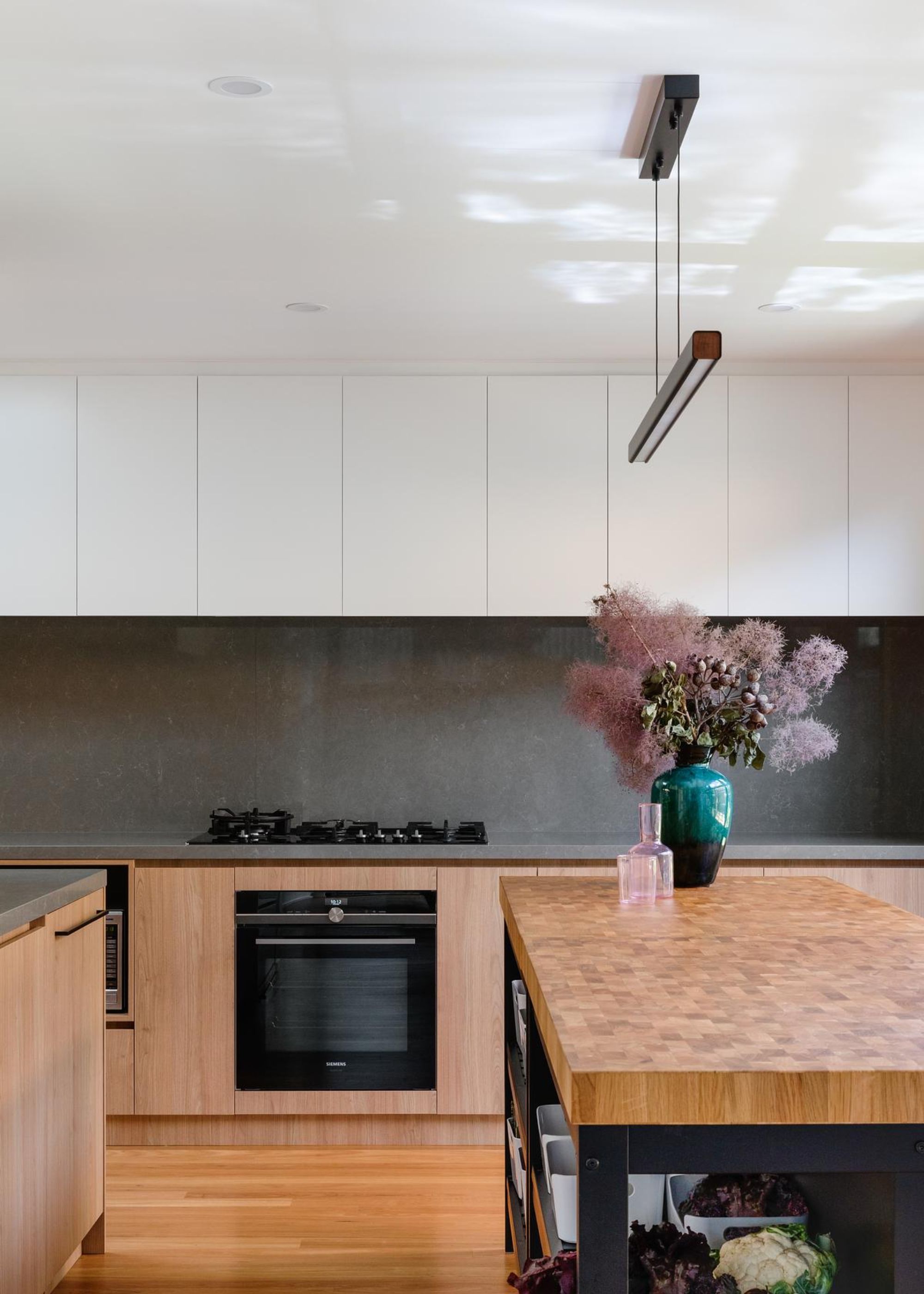
Want to make the perfect casseroles, then conventional ovens are the ideal companion.
Taking over kitchen appliance trends, steam ovens are another great option to have in your home. But how exactly do steam ovens work, and what makes them different from the rest?
Tom Hopper, kitchens category lead at Miele GB, tells me: "Steam appliances are extremely versatile and diverse for cooking many different types of food, from dim sum, fish, steamed vegetables, dumplings, rice, and much more."
He continues, "This is an appliance which can be used every day for breakfast, lunch, and dinner. It is also an extremely healthy way of cooking. Steaming can retain around 30-40% more nutrients from ingredients versus other cooking methods. Not everyone is aware that around 90% of food that can be cooked on the hob can go into the steam oven."
"All the heat and moisture that would normally fill the kitchen when hob cooking is contained within the appliance, which helps to create a cooler and calmer kitchen environment — particularly great for open plan living," he adds.
So, is it worth it? I'd say so!
FAQs
What Are Wall Ovens?
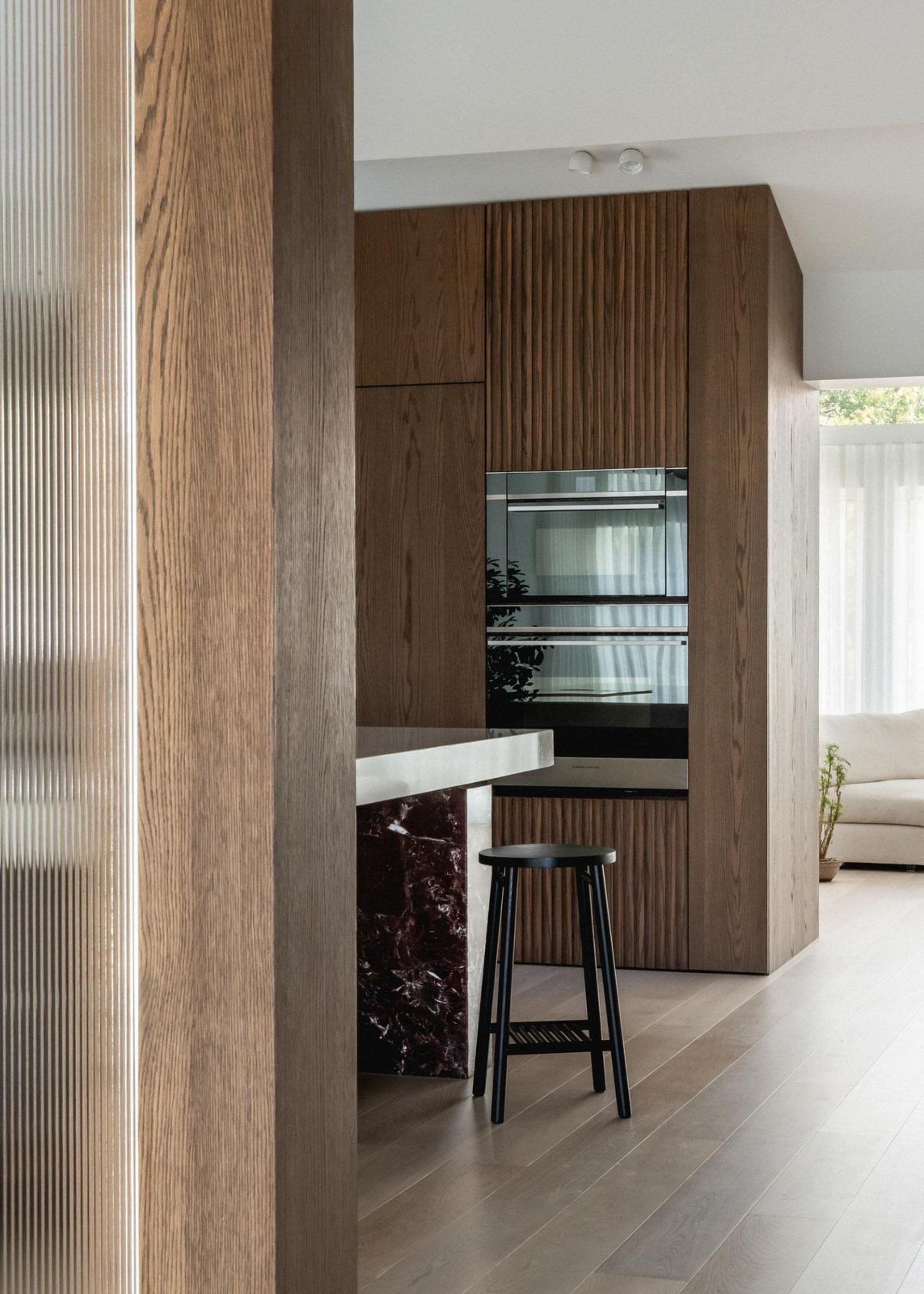
Sleek and seamless, wall ovens are perfect built-in appliances.
If you're debating whether to get a freestanding or built-in appliance, we've got the answer for you. For a more seamless and trendy look, built-ins have become quite a popular choice in many homes over the years, and here's why.
Tanya Weller, Marketing Director at Samsung Electronics UK: “Built-in ovens are designed to integrate seamlessly into your kitchen, freeing up floor space and offering a premium, ergonomic look. They don’t include a hob unit as typically installed at eye height in your units."
Tanya continues, "Samsung offers single, double, and compact models in a variety of finishes, so you can tailor capacity and functionality to your cooking style. We also cater to different needs with some of our ovens offering energy-efficient options such as Dual Cook, which allows you to either cook two separate dishes in the same oven at different temperatures and time settings. Or you can use Dual Cook to only heat half the oven if you are cooking just a pizza, for instance, to reduce your energy consumption."
The expert says there are also options to have both steam and air-fry functionality in your oven, "removing the need to have multiple appliances on your worktop and saving valuable space," she adds.
What Is the Difference Between a Conventional Oven and a Convection Oven?
Tanya from Samsung Electronics UK says that there are several key differences between convection and regular ovens. For example, "convection ovens use a fan to circulate hot air, ensuring even heat distribution throughout the cooking space, whereas regular ovens rely on stationary heating elements, often heating from the bottom upwards. This can lead to less consistent heating."
Tanya says convection ovens also cook food faster and can even reduce cooking times by up to 25% as they work at lower temperatures. "Additionally, convection ovens provide more even browning and crisping, making for the perfect roast chicken, for instance," she explains. “Convection ovens are also typically more energy-efficient, as they use, on average, about 20% less energy. If you are using a Samsung Dual Cook oven, for instance, then you can split your oven to only heat one cavity, which saves you up to 25% on energy costs as it’s only heating what’s needed rather than the whole oven. By contrast, regular ovens often require more time and higher temperatures, which can increase energy usage.”
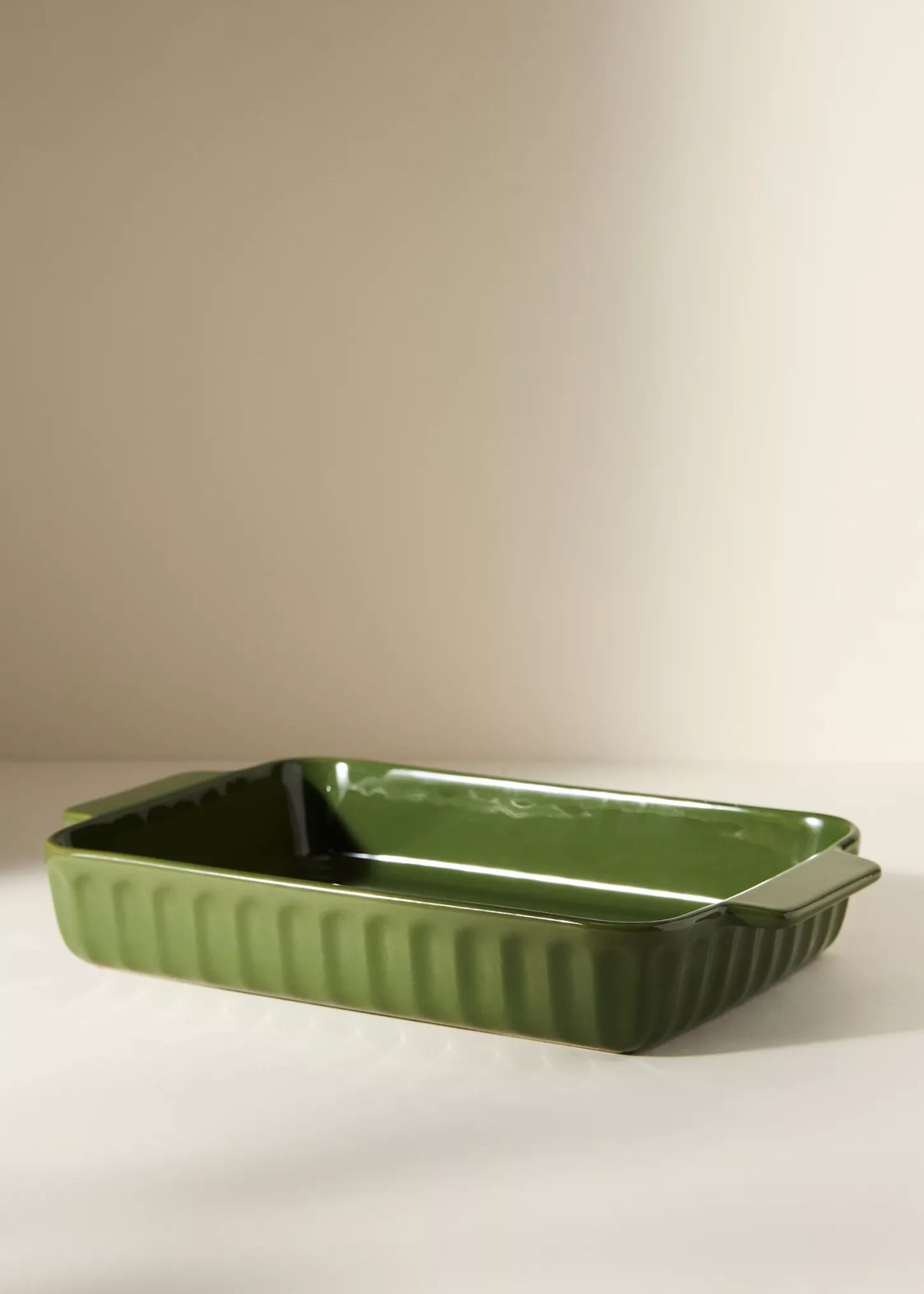
Ready to get your bake on? This Amelie Latte Portuguese Baking Dish from Anthropologie will add a pop of color to your dining room ideas and brighten up your nights of all-around entertaining.
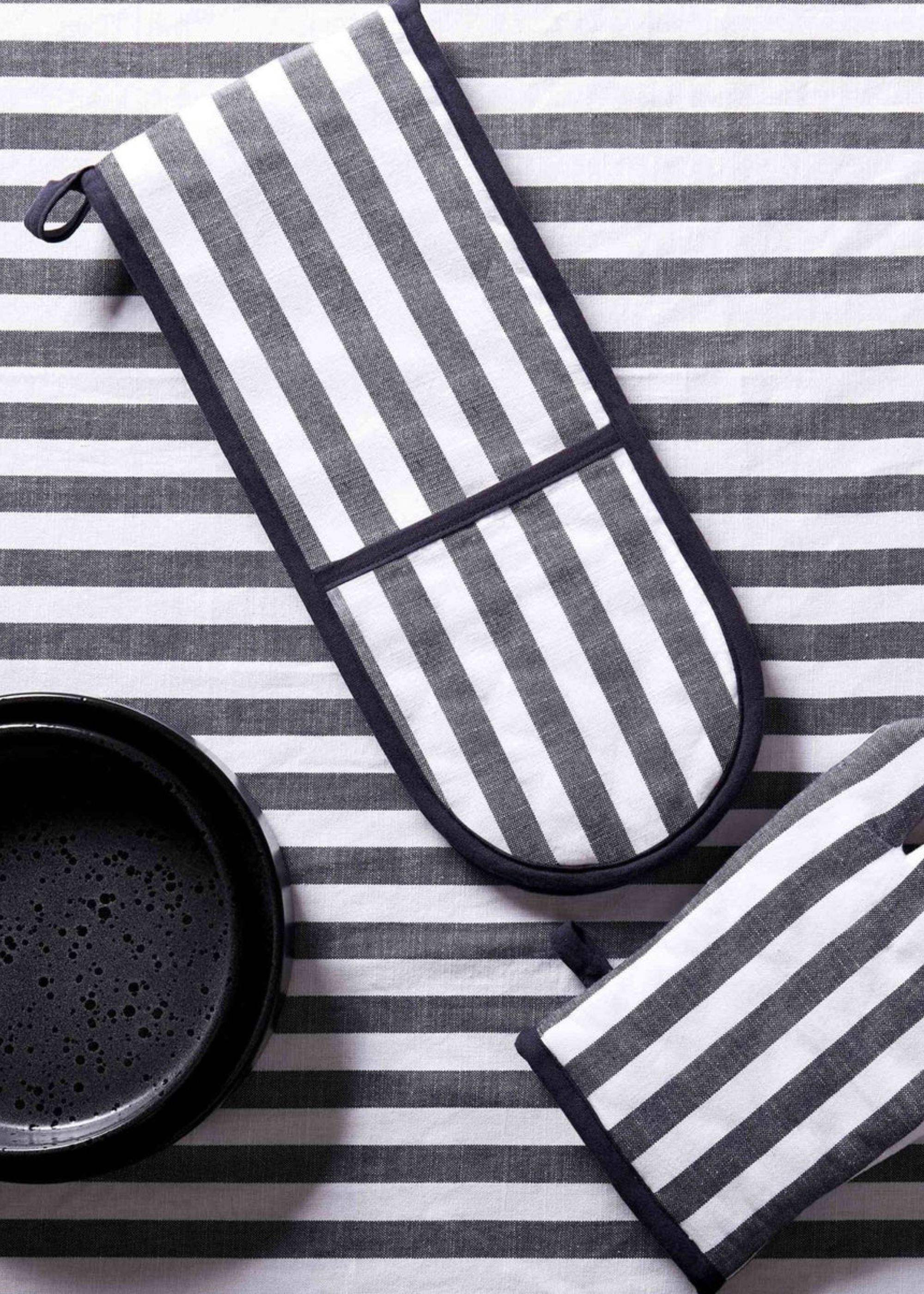
Finding the right cookware is no easy feat, but this Stripe Oven Mitt in Navy from DUSK will add elegance to your modern kitchen in no time. Time to take out the cookies — in style, of course!
What Is Oven Capacity and How Is It Measured?
Ian Danks from AGA says oven capacity refers to the amount of space available inside an oven for cooking. "It is typically measured in cubic feet or litres and indicates how much food or how many dishes you can fit inside the oven at one time."
He continues, "To calculate the oven's capacity, you measure the interior dimensions, width, height, and depth of the oven cavity and simply multiply them together."
How Do I Know What Type Of Oven I Need?
Paul McManus from McManus Kitchen and Bath says choosing the right oven comes down to three main factors: cooking style, space, and kitchen layout, and lastly, budget.
Paul says the rule of thumb is as follows: "For precision baking: electric or convection. For moisture and flavor retention: gas. For everyday, straightforward cooking: conventional." And lastly, "For speed, efficiency, and versatility: convection."
As for the type of kitchen layout you choose and overall space, Paul tells me, "Smaller kitchens may benefit from a single, multi-function oven like a speed oven. Larger kitchens can accommodate double ovens or wall oven/cooktop combos."
Lastly, Paul says the budget is another factor to take note of. "If you already have a gas line, a gas oven can save long-term costs," he explains. "Electric ovens usually have lower upfront costs and easier installation. High-end convection models are pricier but save time and energy."

Paul McManus leads McManus Kitchen & Bath in Tallahassee, where he and his team help homeowners create “forever homes” with custom kitchens and bathrooms. With a focus on design excellence and a smooth, start-to-finish process, Paul has built a reputation for remodeling without the overwhelm.
Knowing what works for you and your space is key when renovating your kitchen, and to do so, you might also want to keep up with the latest kitchen trends. Trust me, you will not be disappointed.

Faiza is the Renovation Editor at Livingetc. She previously worked for The Independent as a News Feature Writer, where she crafted lifestyle, entertainment, and news stories. She also worked as an Audience Editor for the newspaper for almost two years. Thriving in the busy newsroom, Faiza also spent her time crafting stories for Sky News as an SEO reporter, where she produced stories based on trending topics. Lifestyle and interior design have been areas of interest for her for some time, and as she advances in this field, she will continue to refine her skills in all aspects of design. Faiza has a background in SEO, social media, and reporting. Her passion for writing goes beyond her work as she loves all things poetry and creative writing.
